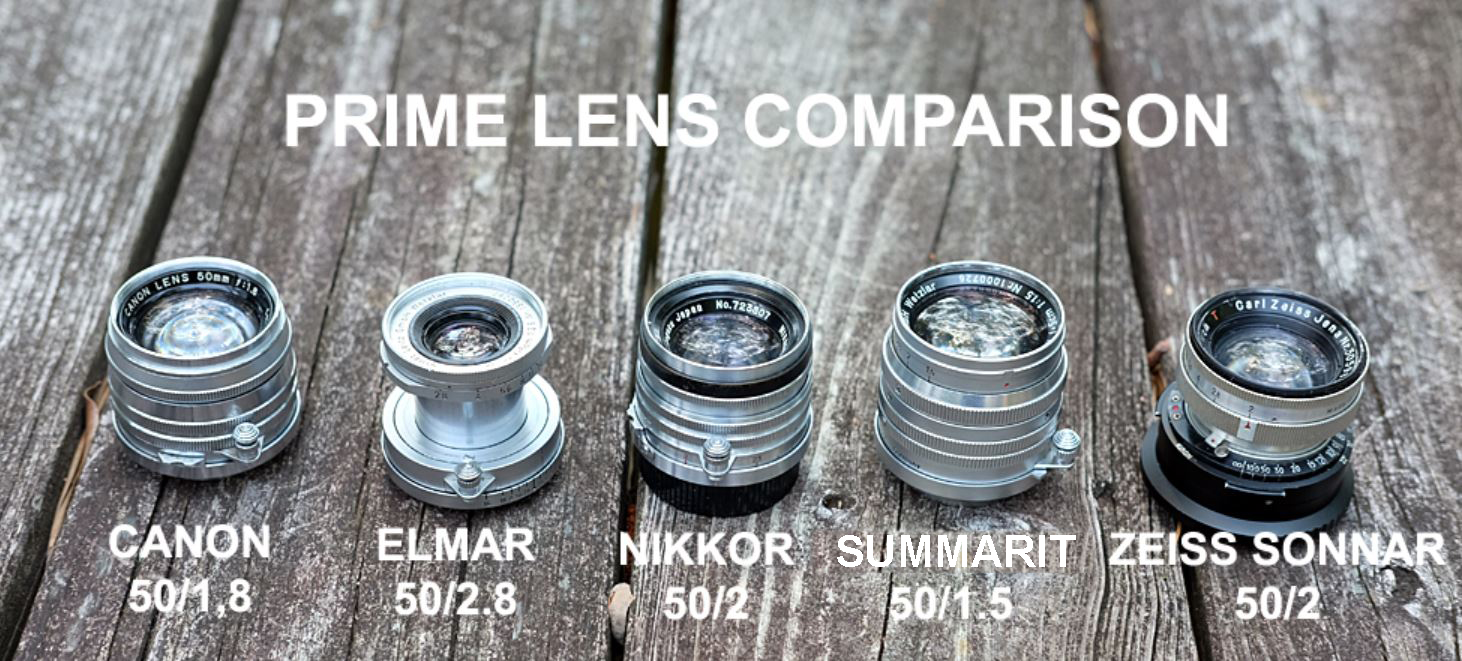
For the comparisons, the X-E2 was tripod mounted, and I used a cable release. The X-E2 was set to Aperture Priority mode, ISO 400, manual focus with focus assist, and the lenses were all compared at their largest aperture. The first set of images, identified as A1, B1, C1, D1, and E1, are straight out of the camera, except for resizing to 1000 pixels on the longest dimension at 72 dpi. Digital images generally need some adjustment and sharpening to look their best, so the second set of images, A2, B2, C2, D2, and E2, were resized to 1000 pixels on the longest dimensions at 72 dpi, unsharp mask at 50%, and auto adjusted in curves in Photoshop CS2.
Which lens would you pick to use on your camera?
Here is a key to the lenses in the comparisons above:
Below is the same image shot with a modern Fuji XF Super EBC 35mm f/2R WR lens:
While the vintage prime 50mm can't match a modern lens for sharpness and accurate colors, these vintage primes can impart a dreamy, nostalgic atmosphere to photographs, and are used to create artistic and other creative effects.
I use the Canon 50mm f/1.8 in Leica thread mount on my Leica M2 for its sharpness and good color rendition. And it is much less expensive than a ridgid mount Leica 50mm lens. Although the Elmar 50/f.8 is an excellent lens, I often forget to extend it, wasting film. So I stick with ridgid lenses on ranagefinder cameras.